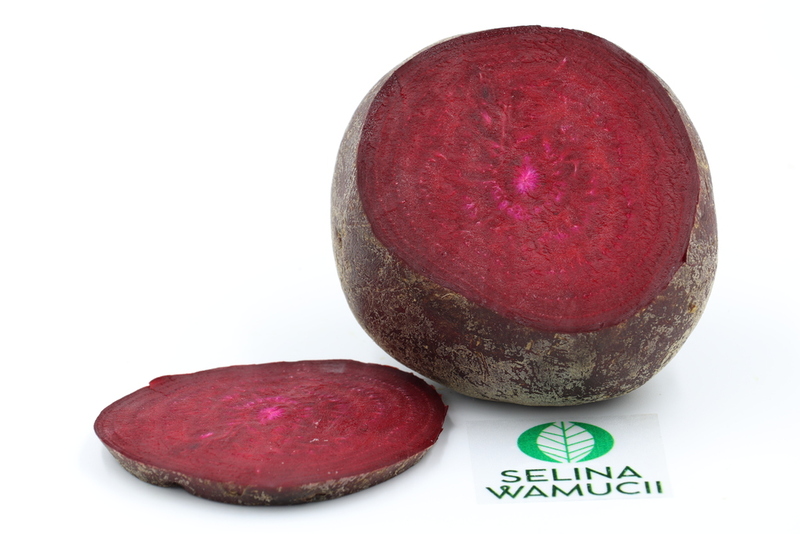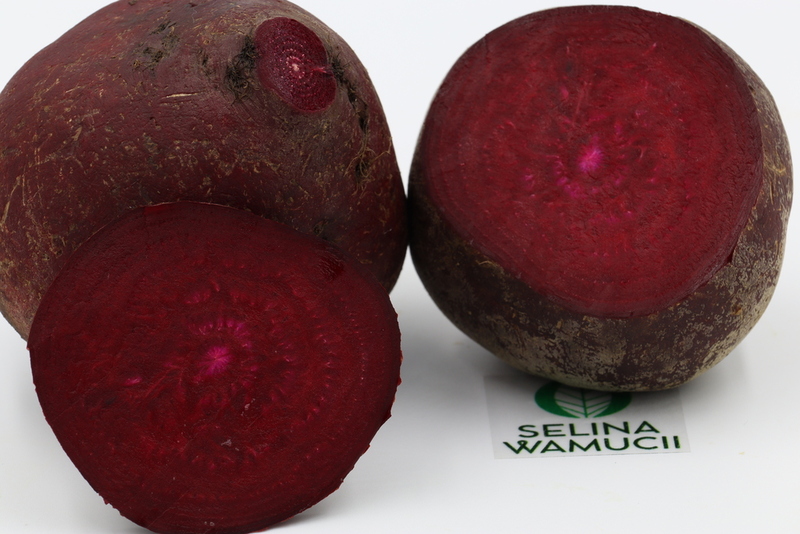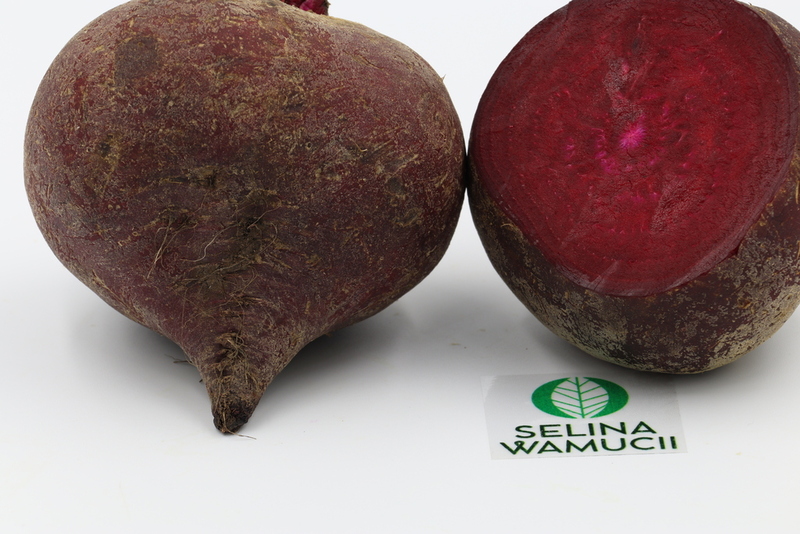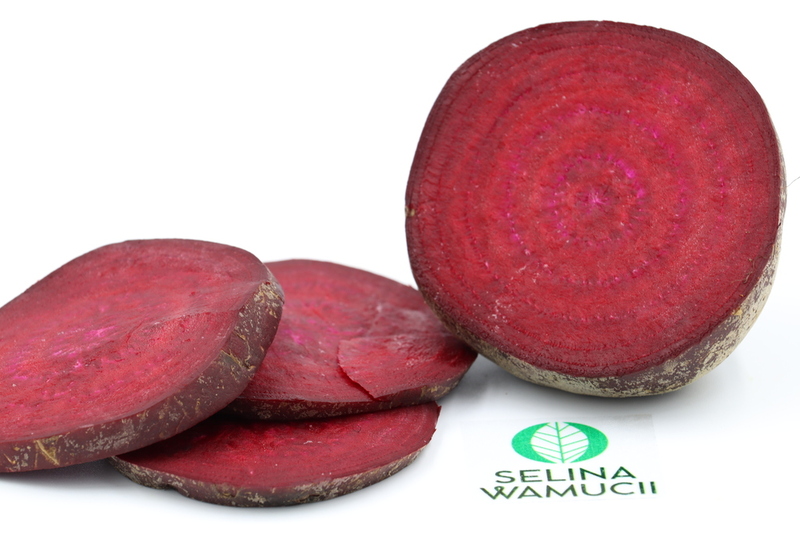Buy South Africa Beetroots Directly From Exporters & Suppliers - Best of 2024 Market Prices
| Summary | |
|---|---|
| Common Name | Beetroot Beet Motso oa beet |
| Varieties | Early Wonder, Osprey, Globe Dark Red, Merlin, Star 1105, Detroit Dark Red Crimson Globe |
| Season | January-December |
| Size | 3cm-10cm in diameter |
| Packing | Plastic bags 3kg, 5kg, 10kg |
| Storage | 4°C -12°C |
| Transport Conditions | 12°C Relative Humidity: 98% Market shelf life: 4-6 months |
The health benefits of beetroot increases its demand globally. South Africa beetroots cultivation and processing aim to meet this demand both internationally and locally. Beetroot is eaten raw, juiced, roasted, pickled or dried.
Beetroot is the taproot part of a beet plant and classified under the species Beta vulgaris. It is also known as beet, or Motso oa beet in South African local dialect.
Beetroots biennial plants. It has heart-shaped leaves growing on a short stem of at least 10cm in length. The plant is grown for its thick fleshy taproot.
A beetroot assumes a tapered or globular shape. The flesh and skin colours are mostly dark-purplish red, but some varieties can be white or yellow. In terms of size, beetroots grow to 3cm to 10cm in diameter.
The cultivation of beetroot dates back to 300BC when ancient Greeks cultivated it. However, they only ate the leaves and not the roots. The modern cultivars of beetroots appeared in Europe in the 16th and 17th century after which it was distributed around the world through trade.
South Africa beetroot is ranked 13th in terms of export weight. In 2017, the country exported approximately 2.5 million kilograms of beetroot. It controls 0.8% of the world’s beetroot exports.
Beetroot exports from South Africa were highest in 2006 and 2007, where the country exported 348 million and 443 million kilograms of beetroot respectively. In 2017, the total export value of South Africa beetroot was $1,719,374.
Some of the top export destinations for South African beetroot include Seychelles, Senegal, Mali, Emirates, Poland, France and Great Britain.
Some of the main cultivars of beetroot grown in South Africa include Early Wonder, Osprey, Globe Dark Red, Merlin, Star 1105, Detroit Dark Red and Crimson Globe. These are mainly hybrid cultivars used in South Africa because they have several production advantages.
Beetroots are mainly cool-weather crops, but hybrid cultivars provide summer production. Despite the seeds being expensive, they are more adaptable to high temperatures, relatively better in quality, and produce a higher yield.
They are usually harvested 50-70 days after planting. However, areas with the possibility of scorching or frost during the planting period are avoided.
The optimum growing temperatures for beetroot ranges between 12°C and 19°C. Temperatures beyond 35°C negatively affects the amount of yield.
Well-drained silt loams or sandy loams are ideal for beetroot production. The soil pH range for optimum production is between 6.0 and 7.0.
When part of a beetroot protrudes from the ground, it is an indicator that they are ready for harvesting. Beetroots are harvested by hand. One must firmly and steadily pull the beetroot from the ground by the leaves.
The roots are later washed and sorted according to size. They are later packed into plastic bags weighing 3kg, 5kg or 10kg depending on sorting requirements. They are then sold as fresh fruit or for further processing.
Within 46 hours after harvest, beetroots are stored under controlled temperatures of 4°C. During transportation for export, the optimum temperature for storage is maintained at 12°C and relative humidity of 98%. Under these conditions, beetroots have a market shelf life of 4-6 months.
You can sign up to our platform today and access fresh South Africa beetroots.
Get Instant Quote
Are you a producer of South Africa Beetroots or other products?
Sign up today for FREE to buy or sell South Africa Beetroots.





